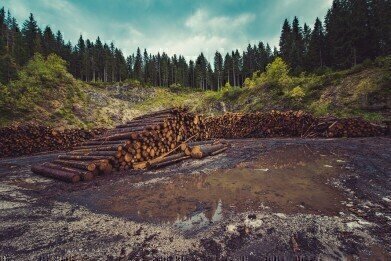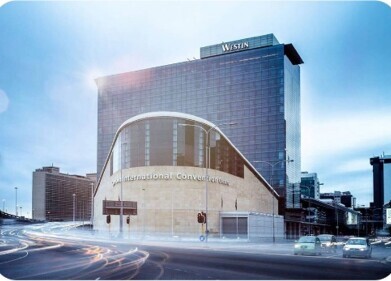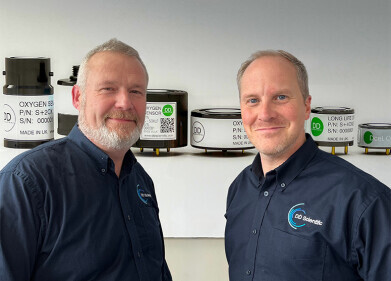Business News
Environment in the 2010s - Deforestation
Jan 04 2020
As natural absorbers of the carbon in our atmosphere, trees are one of our biggest allies in the war against climate change. Despite this, we seem to be involving them in a whole lot of friendly fires – sometimes literally – with billions of trees cut down to make room for agricultural, industrial and urban developments every single year.
That worrying trend has only intensified in the last decade. After an encouraging start to the 2010s, deforestation has continued to steadily increase in the intervening years. 2016, for example, saw almost double the land area given over to deforestation as that experienced in 2011. With halting deforestation and replanting trees in arable areas a key facet of the global plan to mitigate climate change, it’s clear that our attitude towards our arboreal counterparts must change – and drastically.
A timeline of destruction
The decade got off to an auspicious beginning. The Amazon rainforest – which is the largest on the planet, hosting 390 billion trees, or 17% of the world’s tree cover – enjoyed a remarkable decline in deforestation compared to the year before. Between August 2009 and May 2010, the area suffered a loss of 1,500km2, compared to double that in the year previous.
However, that small victory would represent the high point of the 2010s. Tree cover loss reached all-time record highs in 2012, 2014, 2016 and 2018, signalling that we appear to be losing trees faster than ever before. Between August 2017 and July 2018, 7,900km2 of the Amazon were lost due to deforestation, which was a massive 13.7% increase from the year before, equivalent to almost a million football pitches.
With the election of right-leaning leaders across the globe, but especially in the shape of Jair Bolsonaro in Brazil, the environmental future of our planet does not look optimistic. Deforestation in general and of the Amazon rainforest in particular are likely to pose one of the biggest environmental concerns of our generation.
Where do we go from here?
Despite the fact that report after report emerges stressing the importance of forested areas to both the natural ecosystem and the continued prosperity of the human race, deforestation continues to grow apace. The first thing that must be done is to implement strict and urgent policies to limit that loss of tree cover, all the while ensuring that those who depend upon deforestation practices (such as palm oil industry workers) are not too negatively affected by the measures.
Of course, limiting deforestation is only half the battle – actively reforesting areas which can support trees is another key strategy for removing the carbon already present in our atmosphere. In fact, a recent study found that planting new trees on all of the Earth’s available surface which can support them (and which won’t affect agriculture, industry or human habitation) could remove as many as two-thirds of the carbon present in our atmosphere.
Finally, preventing those greenhouse gases (GHGs) from entering the atmosphere in the first place is also a key objective of curbing climate change. This must involve environmental housekeeping around the refinery, a transition towards cleaner forms of energy generation, more environmentally-friendly transport options and sustainable farming practices. Only then will reforestation have the effect that is intended.
Digital Edition
IET 34.2 March 2024
April 2024
Gas Detection - Biogas batch fermentation system for laboratory use with automatic gas analysis in real time Water/Wastewater - Upcycling sensors for sustainable nature management - Prist...
View all digital editions
Events
Apr 30 2024 Melbourne, Australia
Apr 30 2024 Birmingham, UK
May 03 2024 Seoul, South Korea
May 05 2024 Seville, Spain
May 06 2024 Minneapolis, MN, USA



















